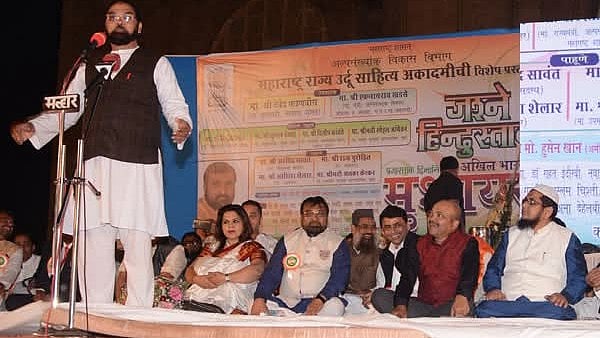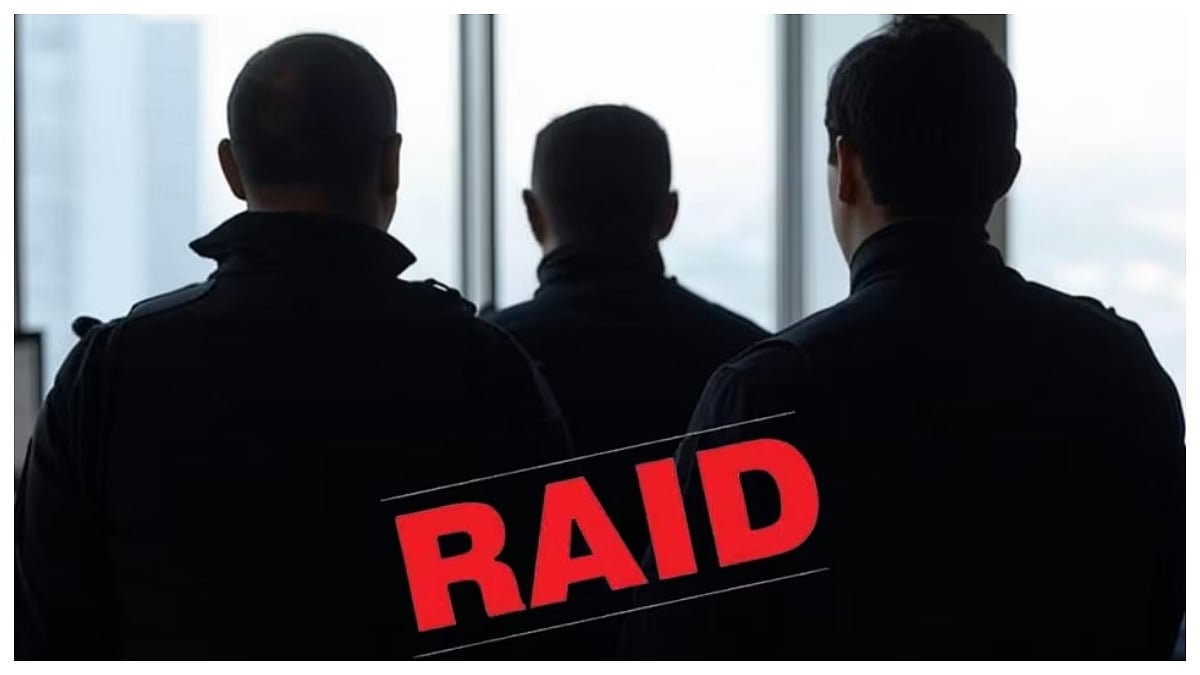Mandleshwar (Madhya Pradesh): Last year's relentless monsoon, causing three days of torrential rain, wreaked havoc in the Narmada belt and its tributary areas. Negligence in managing five critical dams on the Narmada resulted in hundreds of crores worth of damage. Learning from this disaster, the public expects diligent management this year to prevent similar devastation.

Highest water level of Mandleshwar last year when flood occurred |
Public outcry and demand for accountability
RTI activist Mahesh Sharma highlighted that last year's flood appeared more man-made than natural. The rapid rise in Narmada's water level submerged homes from morning to night, rivalling a century-old flood record.
Sharma revealed that despite a meteorological forecast warning of heavy rainfall from September 14, 2023, the Bargi and Tawa dams were full by September 13. When the warning materialised, water drainage from these dams became necessary.
However, water was not released from the Indira Sagar dam until midnight on September 15, causing severe flooding downstream. If water had been drained for power generation between September 13 and 16, the devastation could have been mitigated.
Moreover, irregularities in opening the Indira Sagar dam's gates exacerbated the flood; gates were opened 12 metres in 10 hours, defying the standard of no more than half a metre per hour, leading to uncontrolled water discharge.
Current situation: Vigilance and preparedness
Due to heavy rainfall in the state's northern part, Bargi dam's gates were opened on Saturday, raising Narmada's water level by 2-3 metres. Currently, Tawa and Indira Sagar dams are below their capacity, reducing the immediate flood risk.
.png)
Local SDM Anil Kumar Jain assured that lessons from last year's historic flood have prompted advanced management measures, and higher administration remains vigilant. Announcements about water releases from Bargi dam are being communicated to lower city areas, with information disseminated via the nagar parishad and panchayats.
Measures for future prevention
-- A senior Central Water Commission engineer suggested measures to avoid future water disasters, including:
-- DISASTER MANAGEMENT TEAM: Establishing a disaster management team for Narmada and its tributary dams, connected via a hotline during monsoon.
-- ADHERENCE TO STANDARDS: Adhering to set standards for opening dam gates.
-- COORDINATION MODEL: Creating a model for coordinating weather forecasts, rainfall data, and phased gate opening.
-- DIGITAL WARNING SYSTEMS: Installing digital electric boards in key locations along Narmada to display potential water levels when dams release water.
-- EMERGENCY PREPAREDNESS: Designating emergency gathering points and mapping routes for essential goods transfer.





.jpg)






